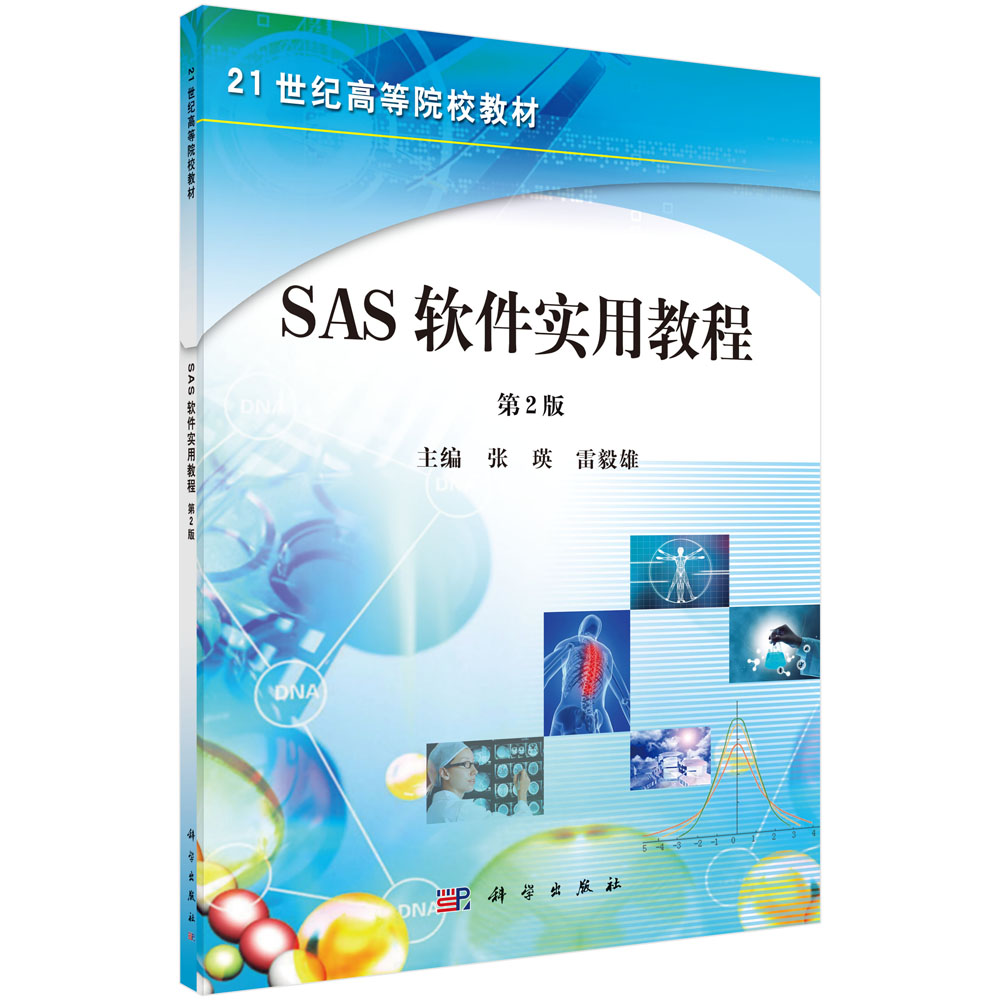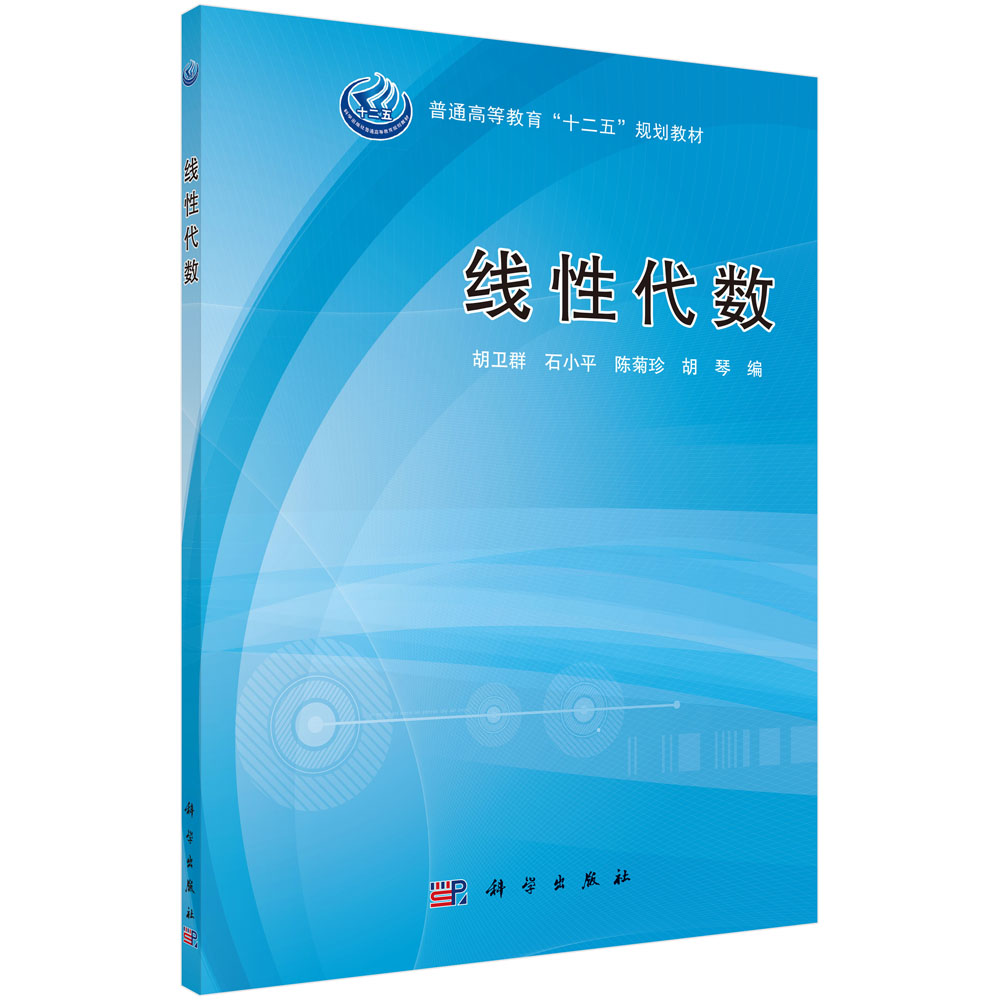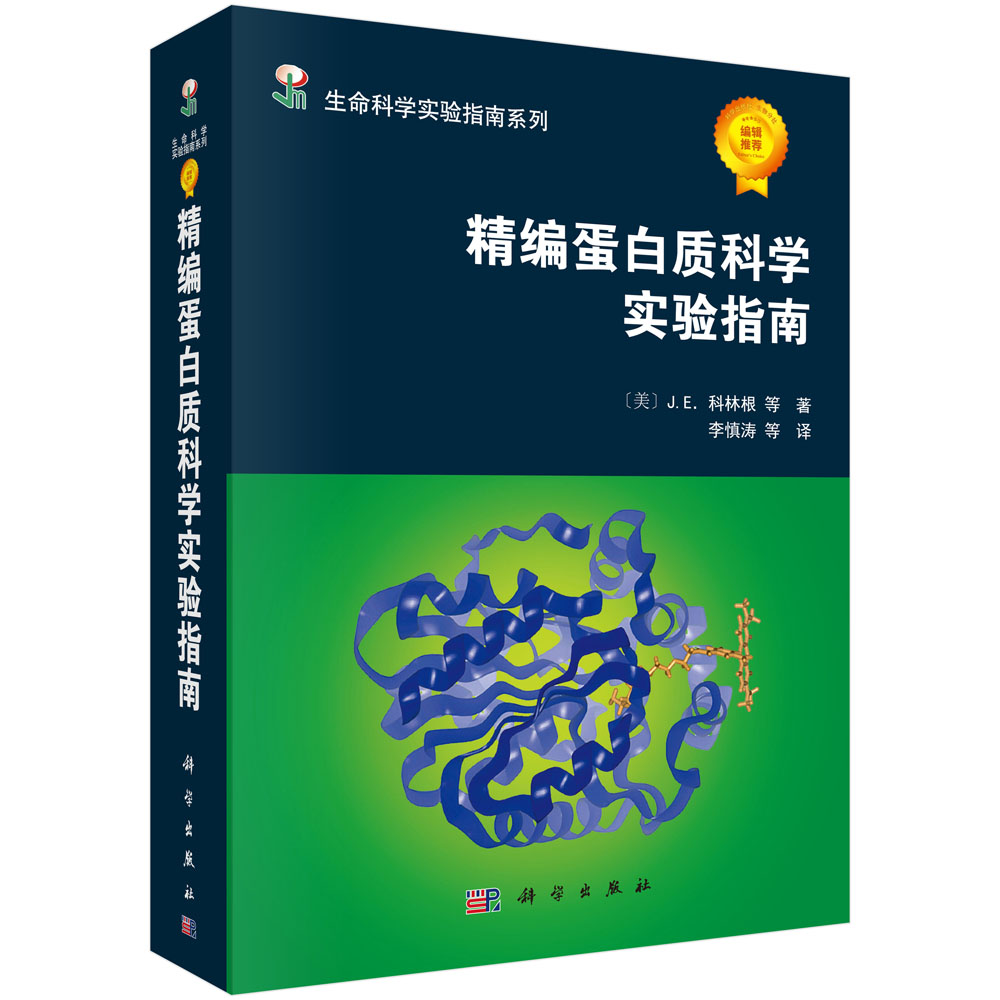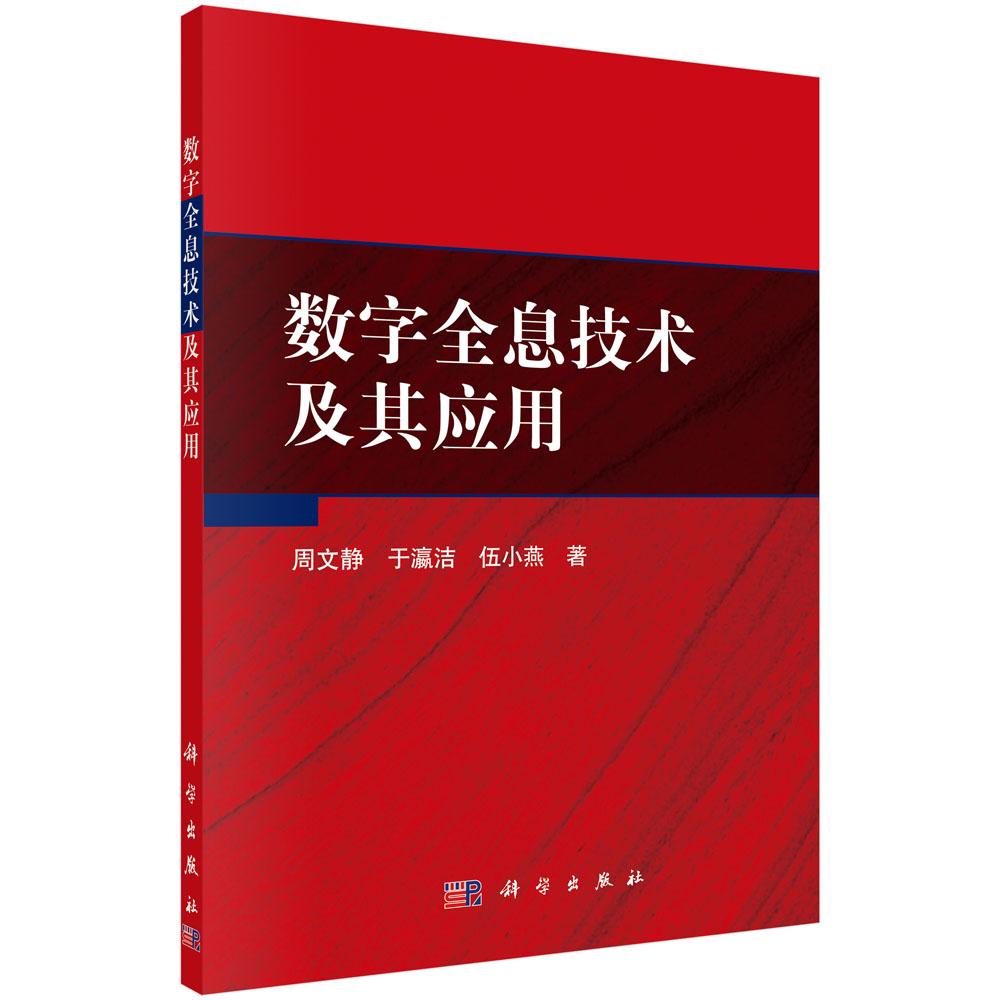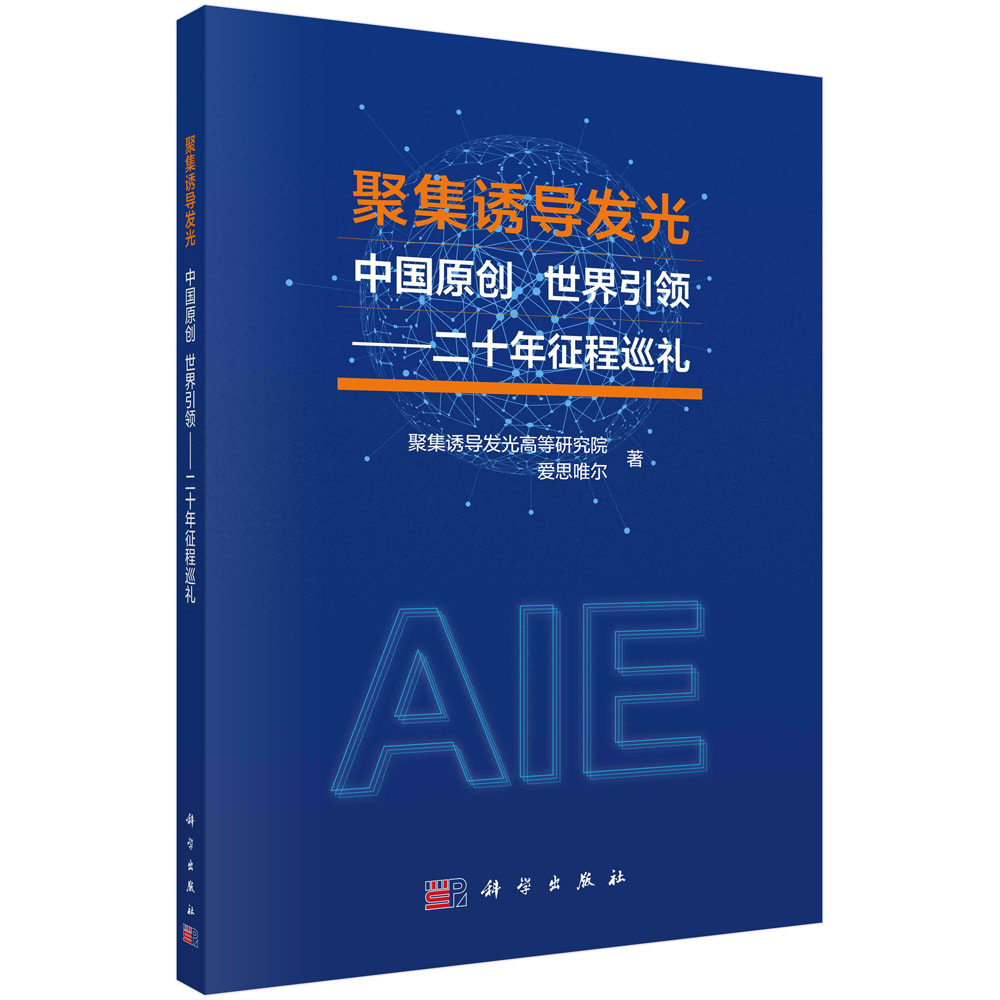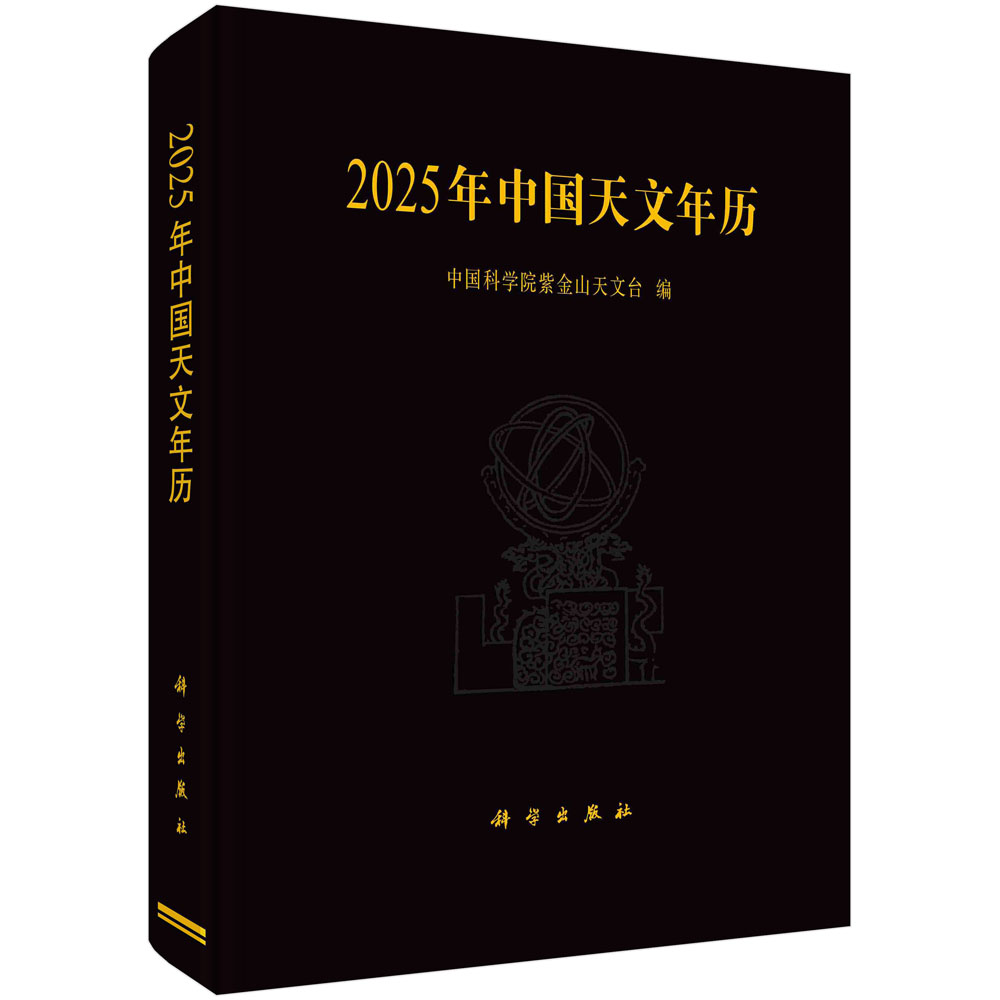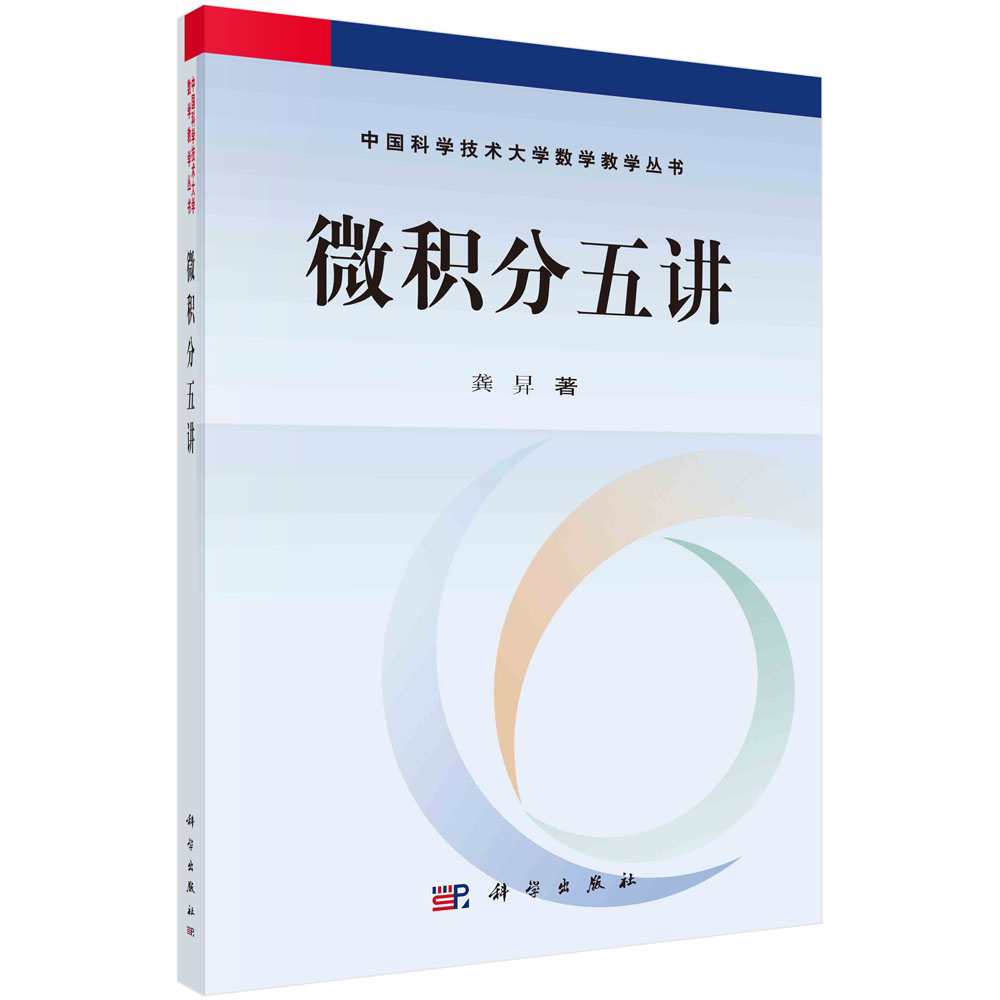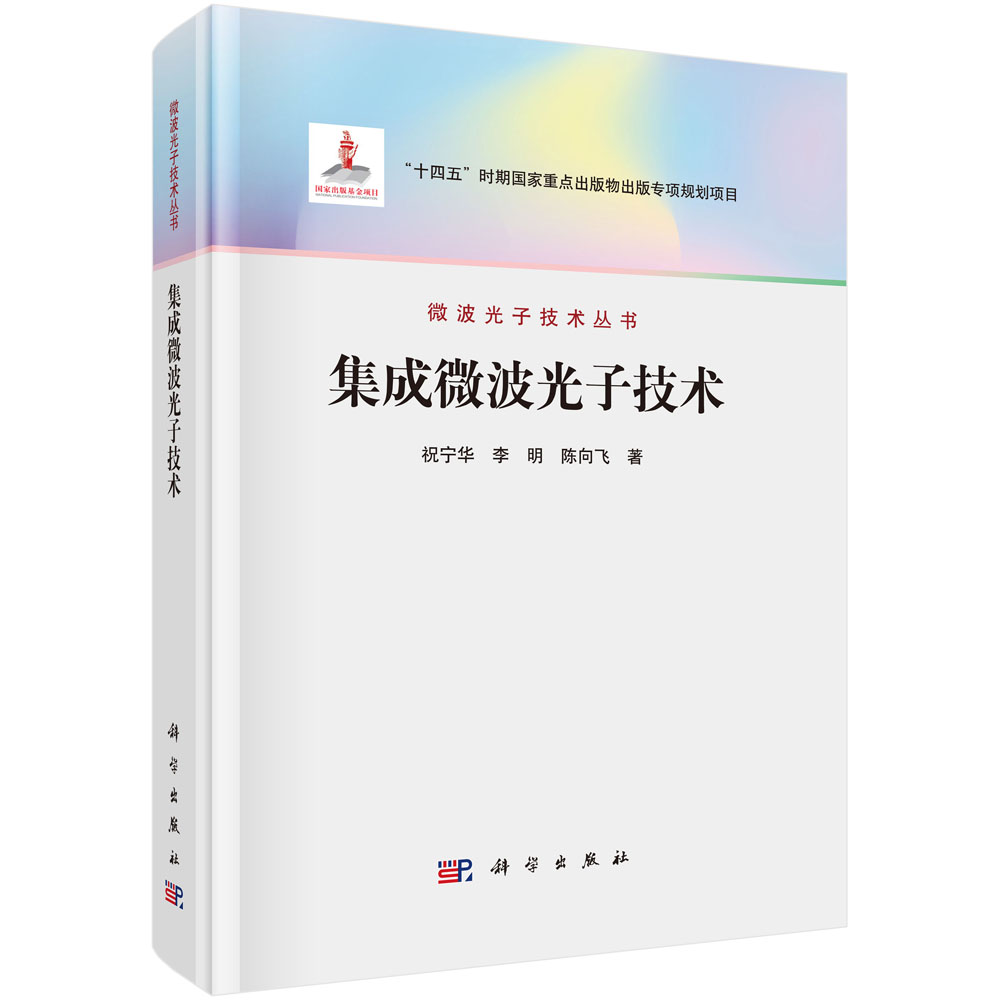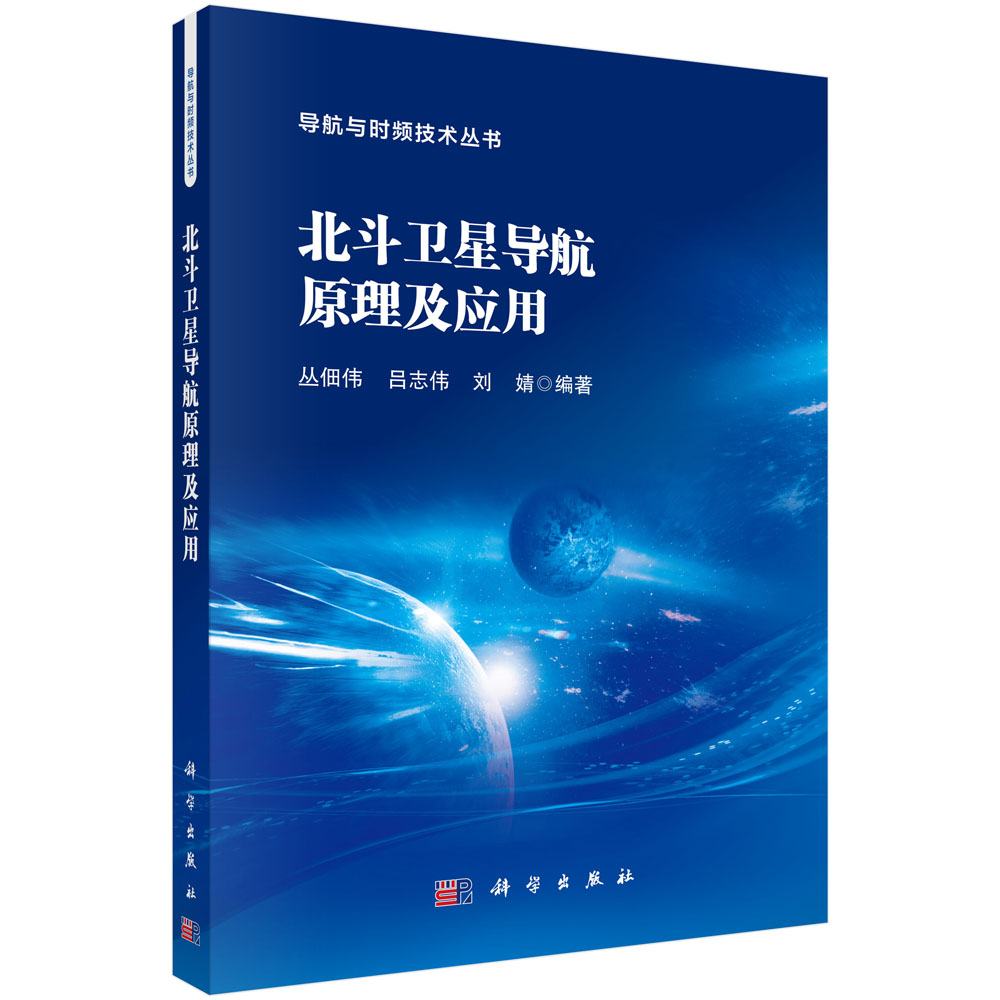本书介绍丛代数研究的理论基础和部分专题,其中,基础部分,畚重从代数方法和组合方法两方面介绍丛代数的结构;专题部分,介绍丛代数理论与数学各个方面(包括拓扑、几何、表示论、数论、矩阵论等)的联系。在一些专题的介绍M,指出了目前理论的研究进展和面临的问题。
样章试读
目录
- 目录
《现代数学基础丛书》序
序言
前言
第1章 丛模式和丛代数 1
1.1 丛模式和丛代数的定义和例子 1
1.2 量子丛代数的定义和例子 10
1.3 Laurent现象 15
第2章 丛代数的换位图 20
2.1 定义和例子 20
2.2 一些基本结论 23
第3章 丛代数的换位矩阵 26
3.1 符号斜对称矩阵的完全性 26
3.2 换位矩阵变异的矩阵表达 31
第4章 丛代数的丛同态、子结构和商结构 35
4.1 丛同态和种子同态 35
4.2 丛子代数 41
4.3 丛商代数 43
4.3.1 由赋幺化构造的丛商代数 43
4.3.2 由粘合方法刻画的丛商代数 45
4.4 丛自同构的一个刻画 48
第5章 丛代数的覆盖理论和丛变量的正性问题 53
5.1 折叠和展开 53
5.2 无圈符号斜对称矩阵的强几乎有限箭图 56
5.3 无圈符号斜对称矩阵的展开定理 59
5.4 丛变量Laurent展开的正性问题 60
第6章 丛代数的各类组合参数及相互关系 66
6.1 丛变量的分母向量 66
6.2 c-向量与极大绿色序列 69
6.3 F-多项式和/-向量 73
6.4 向量和G-矩阵 76
6.5 C-矩阵与G-矩阵的关系及相关性质 82
6.6 F-多项式与丛变量、d-向量和化向量之间的关系 90
6.6.1 广义度 90
6.6.2 关系与关系图 91
第7章 来自曲面的丛代数 96
7.1 基本概念 96
7.1.1 曲面的三角剖分及翻转 96
7.1.2 带标记的三角剖分 99
7.2 来自曲面的丛代数的定义 102
7.3 蛇图及其完美匹配 106
7.3.1 蛇图的抽象定义 106
7.3.2 完美匹配及其扭转 106
7.3.3 蛇图Gto,r的构造 107
7.3.4 完美匹配集P(Gto,r)的格结构 108
7.4 展开公式 109
7.4.1 A与A(p)的一个丛代数同构 109
7.4.2 不带标记的弧的情形 111
7.4.3 一端带标记的弧的情形 114
7.4.4 两端带标记的弧的情形 116
7.4.5 注记 117
第8章 有限型和有限变异型丛代数 119
8.1 有限型丛代数 119
8.1.1 有限型丛代数的一个刻画 119
8.1.2 秩≤2的有限型丛代数分类 120
8.1.3 定理8.1的证明 123
8.2 有限变异型丛代数 125
8.2.1 斜对称情况 126
8.2.2 可斜对称化情况 126
第9章 散射图理论简介 132
9.1 固定数据 132
9.2 墙 134
9.3 散射图 135
9.4 胞腔和散射图的拉回 139
9.5 散射图的变异 140
9.6 折断线与Theta函数 143
第10章 丛代数结构的一些基本性质 145
10.1 丛变量的分母向量正性 145
10.1.1 丛代数的足够浐对性质 146
10.1.2 分母向量正性的证明 150
10.2 真Laurent单项式性质和丛单项式的线性无关性 153
10.3 丛代数的结构唯一性 155
10.3.1 相容性函数与丛的刻画 155
10.3.2 结构唯一性定理 159
第11章 丛代数的基 162
11.1 一组“好”的基的标准 162
11.2 标准单项式和标准单项式基 163
11.3 膨胀基 166
11.4 三角基 168
11.4.1 Berenstein-Zelevinsky三角基 168
11.4.2 覃三角基 173
11.5 来自曲面的丛代数的基 174
11.5.1 圈镯集 175
11.5.2 纠结关系与环链集 176
11.5.3 链带集 177
11.5.4 丛代数的三个基 178
11.6 Theta函数、Theta基与膨胀基 179
11.6.1 Theta基 179
11.6.2 秩为2时的膨胀基和Theta基的关系 180
11.7 一个总结性图表 183
第12章 量子重Bruhat胞腔上的量子丛代数结构 185
12.1 预备知识 185
12.1.1 广义Cartan矩阵与Weyl群 185
12.1.2 重字符 186
12.2 量子包络代数 187
12.3 李群的量子坐标环 189
12.4 矩阵二元组及其相容性 191
12.5 量子重Bruhat胞腔 198
12.6 量子重Bruhat胞腔上的量子丛代数结构 203
第13章 丛范畴与丛代数的范畴化 207
13.1 丛范畴与丛倾斜对象及其变异 207
13.2 三类常用丛范畴 213
13.2.1 轨道范畴 214
13.2.2 广义丛范畴 215
13.2.3 Probenius 2-Calabi-Yau范畴 217
13.3 丛代数的范畴化及其应用 219
13.3.1 丛特征 219
13.3.2 向量的范畴化 221
13.3.3 丛的s-向量符号一致性的证明 223
13.3.4 多项式常数项为1的证明 227
第14章 模式与投射线构形 228
14.1 模式的定义及实例 228
14.2 投射线构形的f-模式 231
第15章 全正矩阵的丛代数刻画 236
15.1 全正矩阵与初始子式 236
15.2 矩阵的双线图 237
15.3 主要定理的证明 245
第16章 与数论中若干问题的关系 246
16.1 Markov方程 246
16.2 Somos序列 249
16.3 Fermat数 252
参考文献 254
索引 263
后记 269
《现代数学基础丛书》已出版书目
Contents
(Fang Li, Min Huang)
Foreword
Preface
1 Cluster Pattern and Cluster Algebra 1
1.1 Cluster pattern and cluster algebra: Definition and examples 1
1.2 Quantum cluster algebra: Definition and examples 10
1.3 Laurent phenomenon 15
2 Exchange Graphs of Cluster Algebras 20
2.1 Definition and examples 20
2.2 Some basic conclusions 23
3 Exchange Matrices of Cluster Algebras 26
3.1 Totality of sign-skew-symmetric matrices 26
3.2 Matrix formula of mutations of exchange matrices 31
4 Cluster Homomorphisms, Substructure, Quotient Structure of Cluster Algebras 35
4.1 Cluster homomorphisms and seed homomorphisms 35
4.2 Cluster subalgebras 41
4.3 Cluster quotient algebras 43
4.3.1 Cluster quotient algebras constructed from specialization 43
4.3.2 Cluster quotient algebras characterizedvia gluing method 45
4.4 A characterization of cluster automorphisms 48
5 Unfolding Theory for Cluster Algebras and Positivity of Cluster Variables 53
5.1 Folding and unfolding 53
5.2 Strongly almost finite quivers from acyclic sign-skew-symmetric matrices 55
5.3 Unfolding theorem for acyclic sign-skew-symmetric matrices 59
5.4 Positivity for Laurent expansion of a cluster variable 60
6 Combinatorial Parameterization of Cluster Algebras and Their Relationships 66
6.1 Denominator vector of a cluster variable 66
6.2 c-vectors and maximal green sequences 69
6.3 F-polynomials and /-vectors 73
6.4 g-vectors and G-matrices 76
6.5 Relationship between C-matrices and G-matrices and some related properties 82
6.6 Relationship among F-polynomials,d-vectors,g-vectors and cluster variables 90
6.6.1 Generalized degree 90
6.6.2 Relationship and the relation diagram 91
7 Cluster Algebras From Surfaces 96
7.1 Basic concepts 96
7.1.1 Triangulations of surfaces and flips 96
7.1.2 Tagged triangulations 99
7.2 Definition of cluster algebras from surfaces 102
7.3 Snake graphs and their perfect matchings 106
7.3.1 Abstract definition of snake graphs 106
7.3.2 Perfect matchings and twists 106
7.3.3 Construction of snake graphs Gto,r 107
7.3.4 Lattice structure on the set of perfect matchings P(Gto,r) 108
7.4 Expansion formulas 109
7.4.1 A cluster isomorphism from A to 109
7.4.2 Tagged arcs with two ends tagged plain 111
7.4.3 Tagged arcs with one end tagged plain andone end tagged notched 114
7.4.4 Tagged arcs with two ends tagged notched 116
7.4.5 Remark 117
8 Cluster Algebras of Finite Type and Finite Mutation Type 119
8.1 Finitetype cluster algebras 119
8.1.1 A characterization of finite type cluster algebras 119
8.1.2 Classification of finite type cluster algebras of rank ≤2 120
8.1.3 Proof of Theorem 8.1 123
8.2 Finitemutation type cluster algebras 125
8.2.1 Skew-symmetric case 126
8.2.2 Skew-symmetrizable case 126
9 Synopsis of Scattering Diagrams 132
9.1 Fixed data 132
9.2 Walls 134
9.3 Scattering diagrams 135
9.4 Cells and pull-back of scattering diagrams 139
9.5 Mutation of scattering diagrams 140
9.6 Broken lines and Theta functions 143
10 Some Fundamental Properties of the Structure of Cluster Algebras 145
10.1 Positivity for denominator vectors of cluster variables 145
10.1.1 Enough g-pair properties of cluster algebras 146
10.1.2 Proof of the positivity for denominator vectors 150
10.2 Proper Laurent monomial property and linear independence of cluster monomials 153
10.3 Unistructurality of cluster algebras 155
10.3.1 Compatible functions and characterization of clusters 155
10.3.2 Unistructurality Theorem I59
11 Bases for Cluster Algebras 162
11.1 Some standards for “good” bases 162
11.2 Standard monomials and standard monomial basis 163
11.3 Greedy basis 166
11.4 Triangular basis 168
11.4.1 Berenstein-Zelevinsky,s triangular basis 168
11.4.2 Qin's triangular basis 173
11.5 Bases for cluster algebras from surfaces 174
11.5.1 Bangle set 175
11.5.2 Skein relation and bracelet set 176
11.5.3 Band set 177
11.5.4 Three bases for cluster algebras 178
11.6 Theta functions, Theta basis and greedy basis 179
11.6.1 Theta basis 179
11.6.2 Relationship between greedy basis and Theta basis for cluster algebras of rank 2 180
11.7 A summary table 183
12 Structure of Quantum Cluster Algebras on Quantum Double Bruhat Cells 185
12.1 Preliminaries 185
12.1.1 Generalized Cartan matrices and Weyl groups 185
12.1.2 Double words 186
12.2 Quantumenveloping algebras 187
12.3 Quantumcoordinate rings of Lie groups 189
12.4 Matrices pair and its compatibility 191
12.5 Quantumdouble Bruhat cells 198
12.6 Quantumcluster algebras on double Bruhat cells 203
13 Cluster Categories and Additive Categorification 207
13.1 Cluster categories, cluster tilting objects and their mutations 207
13.2 Three kinds of cluster categories 213
13.2.1 Orbit categories 214
13.2.2 Generalized cluster categories 215
13.2.3 Frobenius 2-Calabi-Yau categories 217
13.3 Categorifications of cluster algebras and their applications 219
13.3.1 Cluster characters 219
13.3.2 Categorification of g-vectors 221
13.3.3 Proof of sign-coherence of g-vectors of a cluster 223
13.3.4 Proof of that F-polynomials have constant terms 1 227
14 Y-pattern and Configurations of Projective Lines 228
14.1 Y -pattern: Definition and examples 228
14.2 Y -patterns from configurations of projective lines 231
15 Cluster Algebra Structure on Totally Positive Matrices 236
15.1 Totally positive matrices and initial minors 236
15.2 Double wiring diagrams for matrices 237
15.3 Proof of the main theorem 245
16 Connection with Some Problems in Number Theory 246
16.1 Markov equation 246
16.2 Somos sequences 249
16.3 Fermat numbers 252
References 254
Index 263
Postscript 269
